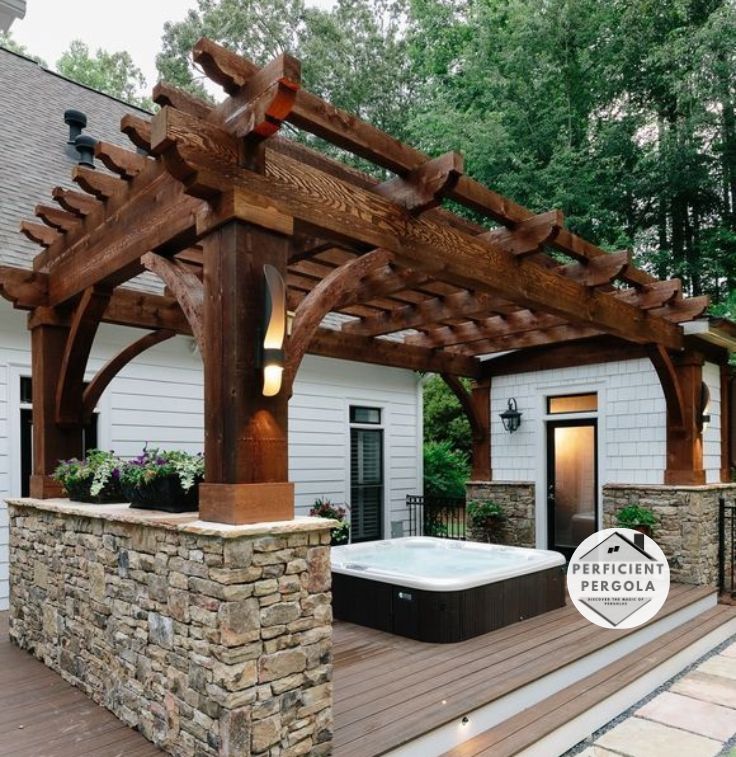
Outdoor structures have become increasingly popular for transforming backyards, gardens, and patios into beautiful, functional spaces. These additions not only enhance the visual appeal of a home but also provide comfort, shade, and charm.
Among the most common options are pergolas, gazebos, and arbors. Although all three contribute to outdoor design, each serves a distinct purpose and offers unique features. Understanding their differences will help you make the best choice for your space.
Section 1: What is a Pergola?
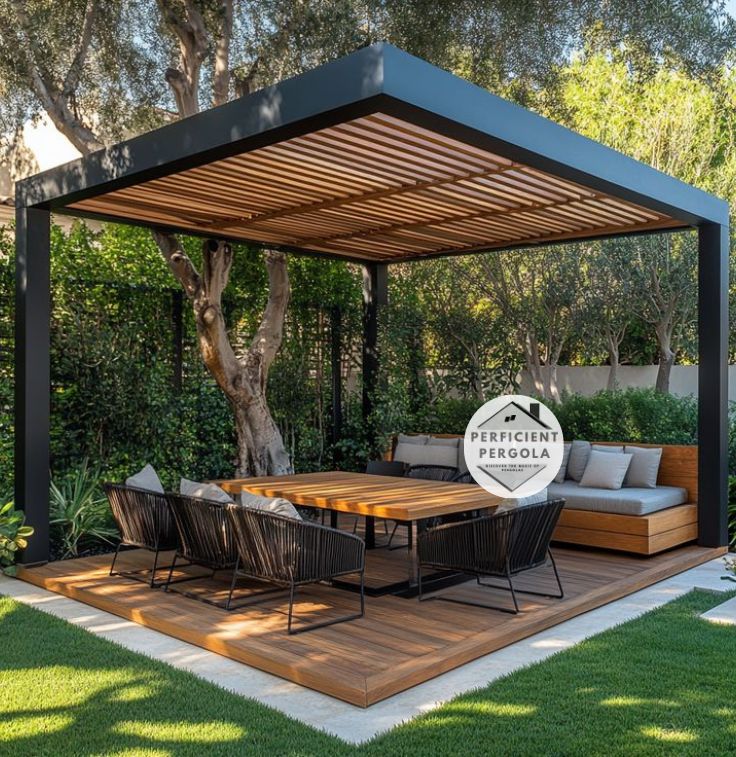
Definition
A pergola is an open, roofed structure that stands on columns or posts. It offers partial shade while still allowing light to filter through. Most pergolas feature crossbeams or slats rather than a solid roof.
Common Uses
People often install pergolas over patios, decks, or walkways. These structures create shaded areas for relaxation or outdoor dining. In many gardens, climbing plants like vines flourish on pergolas, adding a lush, natural look.
Design Features
Pergolas come in a range of materials such as wood, aluminum, and vinyl. You can also customize them with lighting, curtains, or retractable canopies. As a result, pergolas offer both function and flexibility in outdoor design.
Section 2: What is a Gazebo?
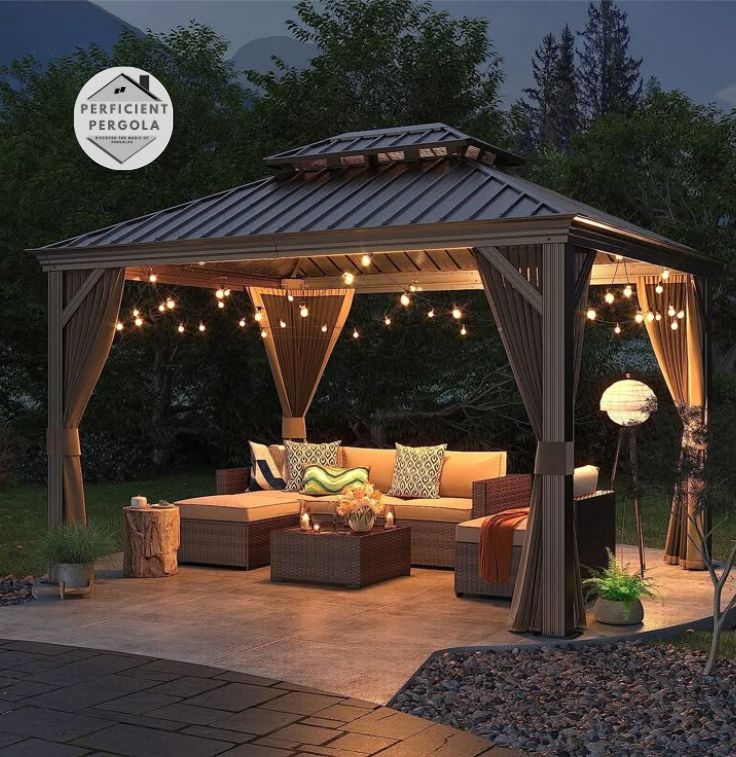
Definition
A gazebo is a freestanding outdoor structure that usually includes a solid roof and may feature partial walls or open sides. It provides more enclosure than a pergola, making it ideal for complete shelter.
Common Uses
Gazebos serve as quiet spots for rest or as venues for outdoor gatherings. In many homes, they double as shaded seating areas or even house hot tubs. Additionally, their enclosed nature makes them suitable for year-round use.
Design Features
Gazebos often come in hexagonal or octagonal shapes. Builders commonly use wood, metal, or vinyl to create these elegant, long-lasting structures. Compared to pergolas, gazebos provide a more permanent and formal addition to a yard.
Section 3: What is an Arbor?
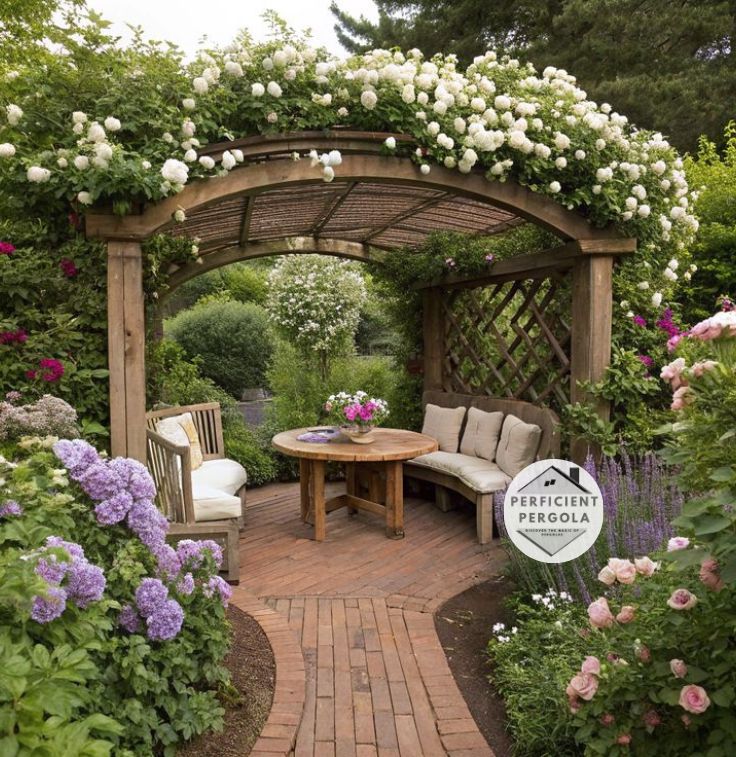
Definition
An arbor is a small, arch-like structure designed to frame a path or serve as a garden entrance. It typically consists of two vertical supports connected by a curved or flat top.
Common Uses
You’ll often see arbors at garden entryways or along walkways. Not only do they act as decorative elements, but they also support climbing plants like ivy or roses. This makes them a favorite in cottage-style or floral-heavy landscapes.
Design Features
Arbors are simpler than pergolas or gazebos in both size and design. While some are standalone, others connect to fences or gates. Most are constructed using wood, vinyl, or metal and add charm without overwhelming a space.
Section 4: Key Differences Between Pergolas, Gazebos, and Arbors
Design Complexity
Pergolas offer an open layout with a semi-covered roof. Gazebos, however, provide full coverage and a more enclosed design. Arbors, being the simplest, serve mainly as decorative gateways.
Functionality
Each structure serves a unique function. Pergolas are ideal for shade and enhancing outdoor lounging areas. Gazebos are perfect for entertaining in all weather. Meanwhile, arbors define entry points and support floral accents.
Aesthetic Impact
Pergolas bring a clean, modern look to any patio or garden. Gazebos tend to feel formal and traditional. Arbors, on the other hand, offer a soft, romantic charm.
Section 5: Which One is Right for Your Space?
Selecting the right structure depends on your goals and available space.
Arbors are best for marking entrances or adding garden accents without taking up much room.
Pergolas work well if you want a stylish shaded area for lounging or dining.
Gazebos are the better choice if you need full shelter or a formal gathering space.
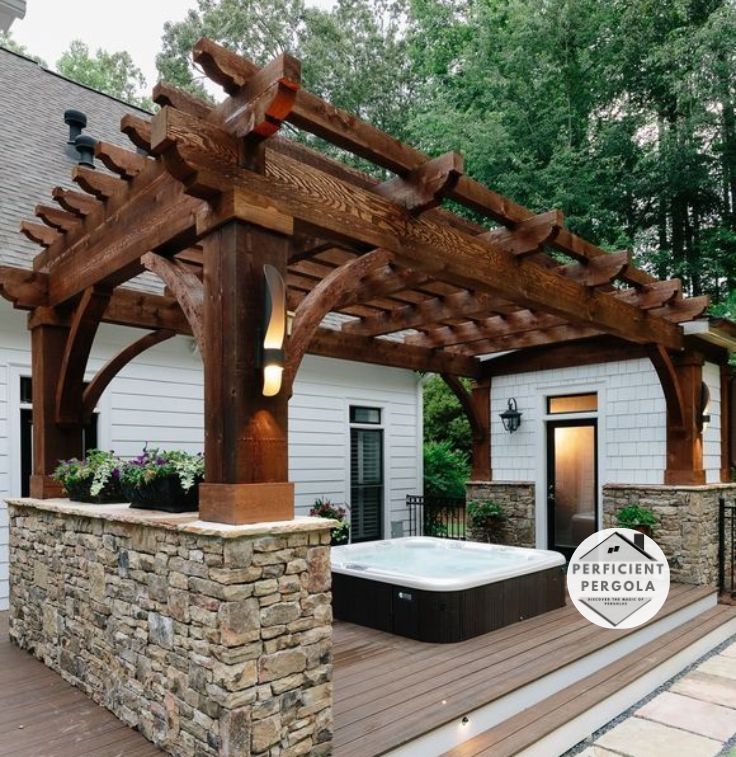


Awesome https://is.gd/N1ikS2
Good https://is.gd/N1ikS2
Very good https://is.gd/N1ikS2
Awesome https://is.gd/N1ikS2